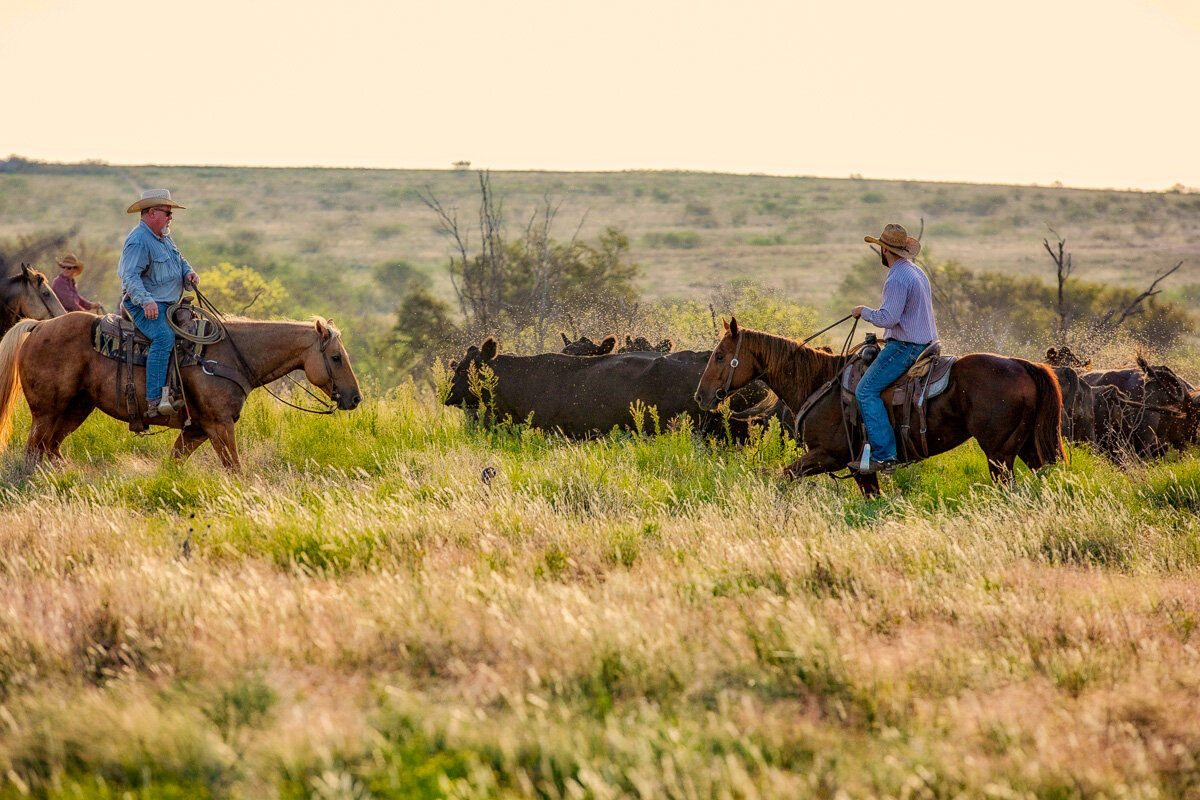
Conservation Easements
Landowners who wish to maintain ownership of their land, or eventually pass their land along to their heirs or sell to a third party, have options for conserving land through voluntary conservation easements.
A conservation easement is a voluntary legal agreement between a landowner and a land trust such as the Coastal Prairie Conservancy that permanently limits the use of the land to protect its conservation values. The conservation values of a property may include the natural habitats of fish, wildlife, or plants, or the preservation of open space – including farms, ranches, pasture land, or forest.
After an agreement is entered, the land trust will visit at least once a year to ensure that the terms of the agreement are being met. Conservation agreements do not require public access and the landowner will continue to own and use the land and may sell it or pass it on to heirs. The conservation easement is legally binding on all future owners so that the land will remain as a farm, ranch, or natural area forever. Each conservation easement is tailored for the property and designed to meet the needs of the individual landowner.
The value of the conservation easement is equal to the difference between the value of the property with the restrictions of a conservation agreement in place and the same property’s value without these restrictions. Oftentimes, the value of a conservation easement is greatest in areas where development pressure is most intense and lower in more remote areas. Likewise, a conservation easement that prohibits development to a greater extent will have a higher value than an easement that contains only minimal restrictions. An independent appraisal is required to confirm the values.
Conservation Easements 101
Conservation easements are powerful tools that help landowners protect their land from future development while preserving its natural state. This voluntary legal agreement allows you to retain ownership and management rights while benefiting from tax incentives and estate planning advantages. In this video, we explore how conservation easements are a flexible tool that help both landowners and the environment by offering financial benefits, contributing to long-term conservation efforts, preserving the land’s natural beauty, supporting wildlife habitats, and providing environmental protection for future generations.
FAQ
-
A conservation easement is a voluntary legal agreement that restricts development while preserving the land’s natural features, allowing the owner to retain management rights.
-
Landowners can benefit from significant tax deductions and estate planning advantages through conservation easements.
-
Yes, you retain the ability to farm, ranch, or manage your land within the guidelines of the easement.
-
Conservation easements help enhance and protect wildlife habitats by preserving open spaces and natural ecosystems.
-
The terms are overseen by a land trust or conservation organization to ensure the land is managed according to the agreement.
-
While conservation easements can reduce the market value due to development restrictions, they often provide financial benefits such as tax incentives that offset this reduction.
Conservation Easement Funding
The Texas Grasslands and Savannas Initiative (TGSI) and the Texas Coastal Prairie Initiative (TCPI) seek landowners who want to permanently protect their farm or ranch land, wildlife habitat, and natural resources with conservation easements from a credible land trust. TGSI and TCPI may award up to 50% of the fair market value of the easement.
The remaining value of the easement may be donated by the landowner or additional funding must be raised. Any value of a conservation easement that is donated may afford income tax and estate tax benefits if it permanently protects the conservation values of the property and meets other federal tax code requirements.
How to Apply
We work closely with landowners on conservation easements and habitat management projects that align with our conservation goals. If you’re interested in collaborating with us, please contact us by email regarding a potential project at info@coastalprairieconservancy.org or use our online interest form, and a team member will reach out to discuss the next steps.
We also offer free, year-round conservation planning and technical assistance to help you create a customized plan for your land.
